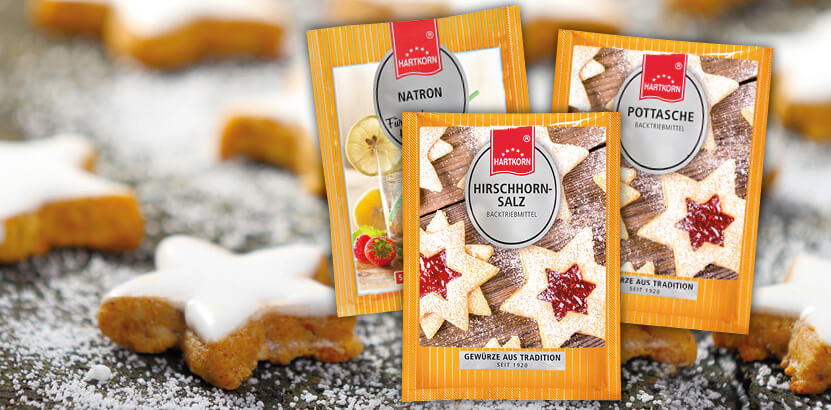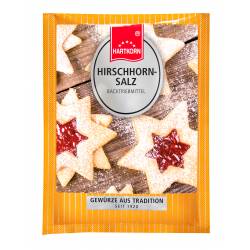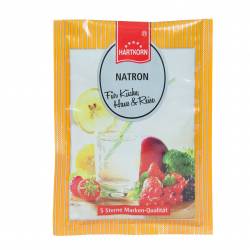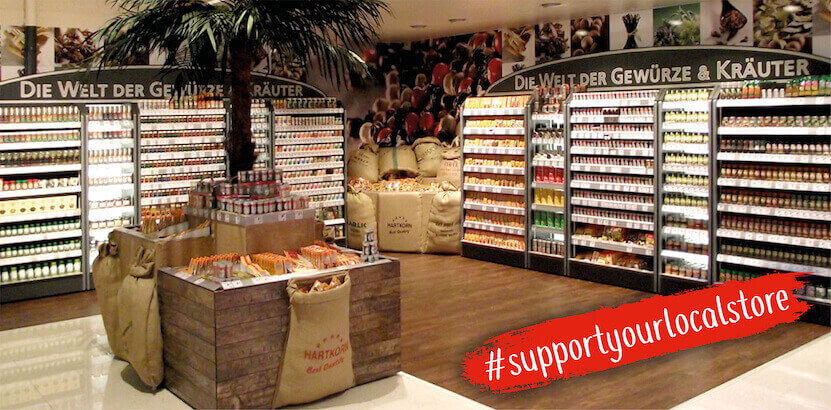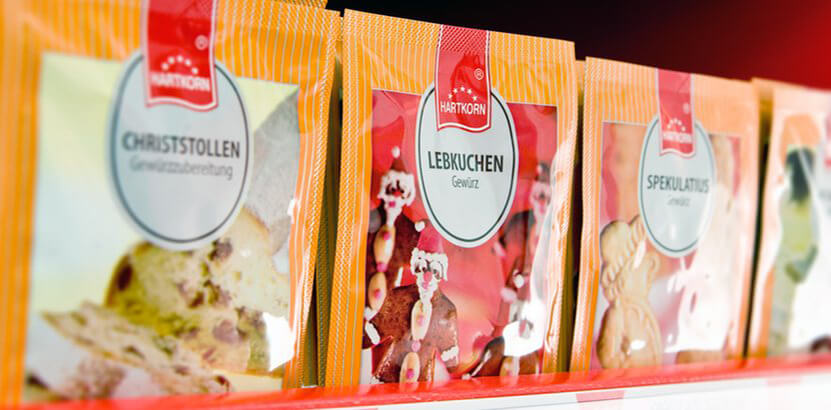November is almost over and we are approaching the advent season with ever faster steps and thus also the annual cookie baking marathon in the local Christmas bakery. Whether round, star-shaped, with chocolate or very special with chilli, the Christmas cookies are just as much a part of it as the gifts under the Christmas tree. However, to ensure that our delicacies come out of the oven beautifully tender and easy, we not only need the right ingredients, but also the appropriate leavening agents, i.e. substances that ensure that the dough is loosened by the storage of gases.
The most popular raising agent is baking powder. It was invented in the middle of the 19th century and consists of a mixture of baking soda, acid and starch, which released carbon dioxide bubbles when baked. The result? The dough gets the right buoyancy in all directions. Important here: The powder should only be added to the dough shortly before baking, so that it only has its full effect in the oven. It is best used for pastries made from shortcrust pastry and batter.
Even though baking powder can in principle be used for every pastry, you don’t always want to do without the typical traditional taste from Grandma’s bakery. The solution? You simply fall back on traditional raising agents such as potash, ammonium carbonate and baking soda.
Potash has been used as a raising agent for centuries. It consists of a chemical compound of potassium salts – potassium carbonate for short. Traditionally it was obtained by boiling water and wood ash together in a “pot”. Hence the name potash. Today potash is of course made differently, but the effect is still the same. The leavening agent allows particularly heavy doughs such as bread or gingerbread to spread out. Before use, however, the potash should be dissolved in water, milk or cream.
Ammonium carbonate, on the other hand, was previously obtained by heating deer antlers. Nowadays unimaginable, so that this is now naturally made by chemical means. So vegetarians and vegans can use the leavening agent without hesitation. It also ensures that the dough does not go up in height, but in width and extends the shelf life of the Christmas delicacies due to acidity. It is used among other things for speculoos.
Last but not least, baking soda shouldn’t be missing. Like baking powder, it breaks up the dough by forming bubbles. However, it should be noted here that an additional acidic ingredient such as lemon juice or yogurt should not be missing, otherwise the dough will not float as well. Soda is ideal for muffins and cookies.
With so much choice, the kitchen is calling from afar. So that nothing goes wrong, there is a little tip at the end: raising agents should always be added to the dough one after the other, as otherwise they can affect each other in their effect.
With this in mind, we wish you a nice Advent season and lots of fun baking!
Our shopping tip:

